This report provides detailed information about:
This document outlines the criteria to assign a skin notation to a chemical.
This document outlines the chemicals that will be added to and removed from the workplace exposure standards (WES) list.
You can also see the:
In 2016, amendments were made to the model Work Health and Safety (WHS) Regulations to exempt certain agricultural and veterinary (AgVet) chemical products from WHS hazardous chemical labelling requirements.
Use this information sheet if you, or the workers you manage, unpack shipping containers.
These information sheets have information on:
Use this information sheet if you, or the workers you manage, unpack shipping containers that have been fumigated with methyl bromide.
Methyl bromide is used as a fumigant to stop pests, like insects, from being imported into Australia.
Use this information sheet if you manufacture or import agricultural and veterinary (AgVet) chemicals.
It includes changes to work health and safety (WHS) labelling requirements for AgVet chemicals.
Use this information sheet if your business uses, handles or stores agricultural and veterinary (AgVet) chemicals.
Use this guide if you manage chemical carcinogens in the workplace. It provides information on how to manage health and safety risks. It may also be useful if you use, handle, store, manufacture, store or dispose of chemical carcinogens in the workplace.
A random, population-based sample of 5,528 Australian workers participated in the Australian Work Exposure Study (AWES). Workers answered questions about the tasks they completed and the controls used at work.
Use this information sheet if you, or the workers you manage, unpack shipping containers.
Use this information sheet to manage the health and safety risks of solvents at your workplace.
The issue
Polycyclic aromatic hydrocarbons (PAHs) are a group of chemical compounds formed during the incomplete combustion of organic material.
The Australian Work Exposures Study (AWES) was a national survey conducted by the Western Australian Institute of Medical Research (WAIMR) in 2011–12 that investigated work-related exposures among Australian workers to 38 known or suspected carcinogens.
The Australian Work Exposures Study (AWES) was a national survey conducted by the Western Australian Institute of Medical Research (WAIMR) in 2011–12 that investigated work-related exposures among Australian workers to 38 known or suspected carcinogens.
The Australian Work Exposures Study (AWES) was a national survey conducted by the Western Australian Institute of Medical Research (WAIMR) in 2011–12 that investigated work-related exposures among Australian workers to 38 known or suspected carcinogens.
Several European studies have reported high levels of residual chemical levels in sealed shipping containers. The Australian Customs and Border Protection Service found similar results when testing containers in Australia.
This model Code of Practice has been developed to provide practical guidance on how to manage health and safety risks associated with hazardous chemicals for persons conducting a business or undertaking who use chemicals in their workplace.
This guide gives MHF operators information on how to write a safety case outline for their facility.
This guide helps major hazard facilities (MHF) operators&nb
This guide is for major hazard facility (MHF) operators on&
This guide gives major hazard facility (MHF) oper
This guide gives major hazard facility (MHF) operators information on how to write, put in place and test an emergency plan for their MHF. The regulator will ask for this when MHF operators apply for an MHF license.&n
This guide gives major hazard facility (MHF) operators information on how to prove their safety case can achieve safe operation of their facility.
This guide is to help major hazard facility (MHF) oper
This model Code of Practice guides you on how to correctly label hazardous chemicals used in the workplace.
Use this Code of Practice if you make, import, supply or use hazardous chemicals.
This model Code of Practice guides you on how to develop a safety data sheet for a hazar
This model Code of Practice sets out the legal duties for licensed and unlicensed asbestos removal.
This Code is for people involved in asbestos removal at work, including at residential premises. It applies if you:
Biological hazards are organic substances that pose a threat to the health of humans and other living organisms. They include pathogenic micro-organisms, viruses (e.g. Hepatitis, HIV, avian flu, Q-fever), toxins, spores, fungi and bio-active substances.
This fact sheet will help you understand:
This report provides a profile of the occupational and demographic characteristics of workers who reported dermal (or skin) exposure to chemicals at work, as well as the types of controls with which respondents reported they were provided in the workplace.
